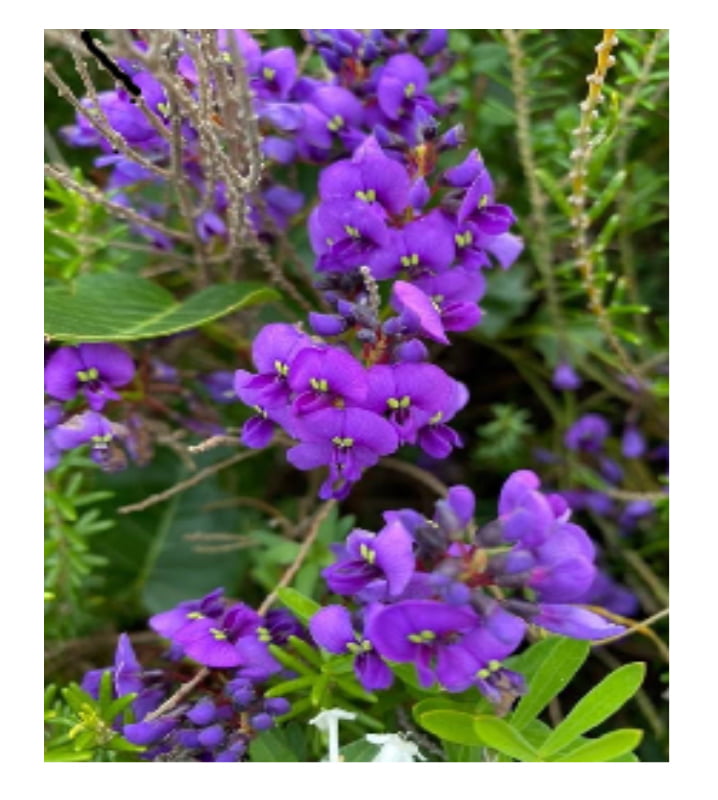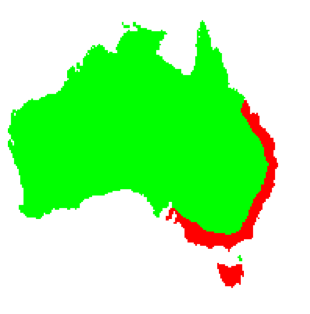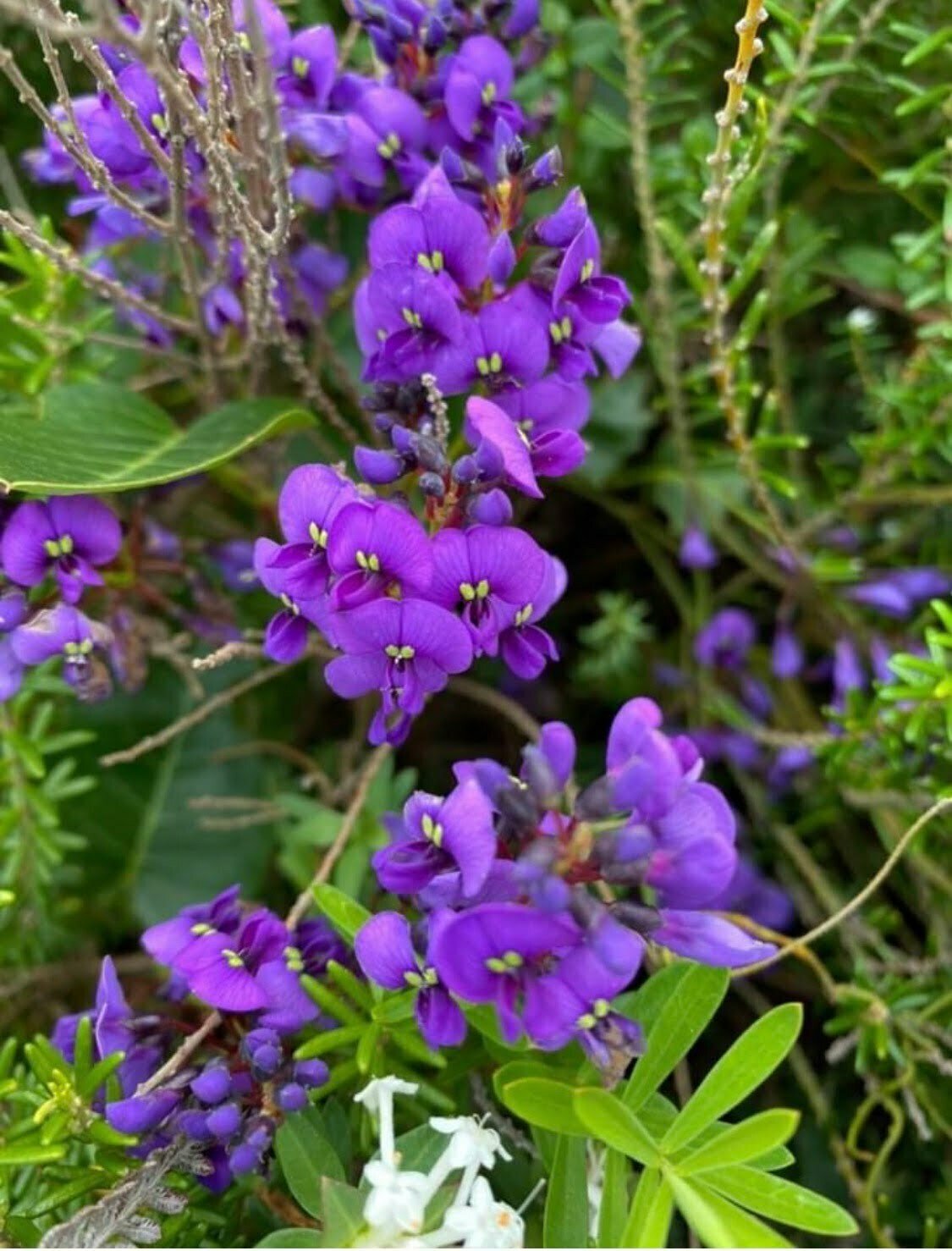
Hardenbergia violacea
Common name: Purple Coral Pea
- I grow best: Full sun/part shade
- Drought tolerate
- Height up to 2m,
- width 1m
- Edible leaves (for drinking tea, and cooking)
- Attracts – birds, bees, other insects
- Eastern Suburb Banksia Scrub
Looks like: A tough and easy care climber or ground covering plant, this plant is spectacular when in flower, with many purple sprays of blossom. It blooms from spring through summer, and the plant fixes nitrogen from the air, which is good for the soil. It grows low to around 3 metres wide, and the dense habit smothers weeds once established, making it good for home gardens and larger landscapes. Also great for kids playgrounds. Low frost tolerance, drought tolerant, suits light clay to sandy soils, sun to part shade.
Habitat & growing: Found in many parts of Australia. Sow seed in the warm months of the year. The seed has a hard coating, and needs soaking overnight to soften it. Put boiling water into a container, then put seeds in the water and let it cool down naturally. Plant the next day into seed raising mix, only just covering the seed with soil, keep moist but not wet until germination, which should be in 1 to 3 weeks.A number of varieties have been developed for gardens including Flat White™ and Carpet Royale™, both in white and mauve. These are fast growing, low maintenance, heavy flowering, shallow rooted plants with long trailing stems forming a dense mat, and unlike most other varieties of Hardenbergia, these can be used in a variety of positions in the garden as they do not climb.
A full sun to part shade position is preferred in a wide range of soil types including light clay or sand however, these cultivars will grow best in an enriched, well drained acid soil on a raised bed with a pH of 5.5 to 6.0.
They possess a low frost tolerance when young and can sustain significant leaf damage but will become hardier with age.
| Family | Fabaceae |
| Plant Type | Large shrub, Ground cover, Climber |
| Width | 3 |
| Flowering Time | Spring |
| Soil Type | Sandy, Loamy, Sandy loam, Clay loam, Potting mix, Poor soil |
| Climate Zone | Sub-tropical, Warm temperate, Mediterranean |
| Growth Habit | Evergreen, Dense foliage, Spreading |
| Soil Moisture | Dry, Well-drained, Moist moderate drainage |
| Special Uses | Fast growing, Playground friendly |
| Height | 5 |
| Flower Colour | Purple |
| pH Level | Acid, Neutral |
| Plant Environment | Low maintenance garden, Courtyard, Container growing, Cottage garden, Flower garden, Coastal garden, Drought resistant, Wildflower meadow |
| Light | Sunny, Light shade |
| Lifespan | Perennial |
| Frost Tolerance | Not frost tolerant |
| Attracts Wildlife | Bees, Butterflies, Other insects |
Distribution:

Traditional uses: The leaves and flowers were used to treat mouth ulcers and brewed as a hot drink to treat chest infections and complaints. Flowers were also eaten for the purpose of detox and cleansing.The flowers were used as a seasonal indicator. It indicated that certain fish in the river were now fat and ready to be caught and eaten.The vine itself was used as a rope and woven together to make nets and traps.

